Changing Consumer Preferences
The Fresh Fruits Market is witnessing a shift in consumer preferences towards convenience and ready-to-eat options. Busy lifestyles and the increasing number of working professionals have led to a demand for pre-packaged and easy-to-consume fruit products. This trend is reflected in the rising sales of fruit snacks, smoothies, and fruit cups, which cater to on-the-go consumption. Market data indicates that the convenience fruit segment has grown by approximately 15% over the past year. Retailers are adapting to this trend by offering a wider variety of convenient fruit options, thereby attracting a broader customer base. This evolution in consumer behavior is a significant driver for the Fresh Fruits Market, as it influences product development and marketing strategies.
Rising Demand for Organic Produce
The Fresh Fruits Market is experiencing a notable increase in demand for organic fruits. Consumers are becoming more health-conscious and are actively seeking out organic options, which are perceived as healthier and more environmentally friendly. According to recent data, the organic fruit segment has seen a growth rate of approximately 10% annually. This trend is driven by a growing awareness of the benefits of organic farming practices, which often result in higher nutritional value and lower pesticide residues. Retailers are responding by expanding their organic offerings, thereby enhancing the visibility and availability of organic fruits in the market. This shift not only caters to consumer preferences but also aligns with broader sustainability goals, making it a pivotal driver in the Fresh Fruits Market.
Expansion of Distribution Channels
The Fresh Fruits Market is benefiting from the expansion of distribution channels, which enhances accessibility and availability of fresh produce. The rise of e-commerce platforms has revolutionized the way consumers purchase fruits, allowing for direct-to-consumer sales and greater convenience. Additionally, traditional retail channels are evolving, with supermarkets and grocery stores increasing their fresh produce sections. Market data indicates that online fruit sales have surged, with a growth rate of approximately 25% in recent years. This diversification of distribution channels not only meets the demands of modern consumers but also facilitates the entry of new players into the market. As distribution networks continue to expand, they are likely to play a crucial role in shaping the dynamics of the Fresh Fruits Market.
Increased Focus on Nutritional Value
The Fresh Fruits Market is increasingly influenced by a heightened focus on nutritional value among consumers. As awareness of the link between diet and health continues to grow, fruits are being recognized for their essential vitamins, minerals, and antioxidants. This trend is particularly evident in the rising popularity of superfruits, such as acai and goji berries, which are marketed for their health benefits. Data suggests that the superfruit segment has expanded significantly, with sales increasing by over 20% in recent years. Retailers are capitalizing on this trend by promoting the health benefits of various fruits, thereby driving sales and expanding their market reach. This emphasis on nutrition is likely to remain a key driver in the Fresh Fruits Market as consumers continue to prioritize health-conscious choices.
Technological Advancements in Agriculture
Technological innovations are transforming the Fresh Fruits Market, enhancing productivity and efficiency in fruit cultivation. Precision agriculture, which utilizes data analytics and IoT devices, allows farmers to optimize resource use and improve crop yields. For instance, the adoption of drones for monitoring crop health and soil conditions has become increasingly prevalent. Additionally, advancements in genetic engineering are leading to the development of fruit varieties that are more resistant to pests and diseases. These technologies not only increase the supply of fresh fruits but also contribute to reducing waste and improving the overall quality of produce. As these technologies continue to evolve, they are likely to play a crucial role in shaping the future landscape of the Fresh Fruits Market.


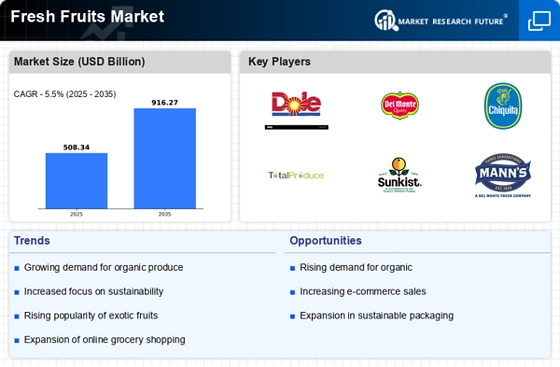
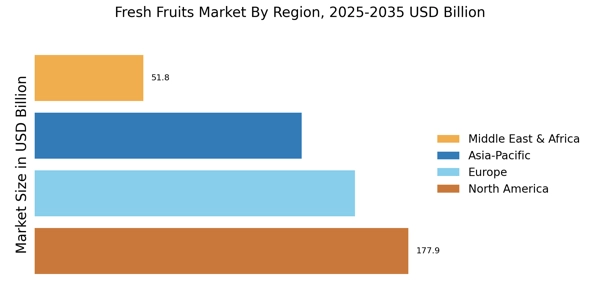
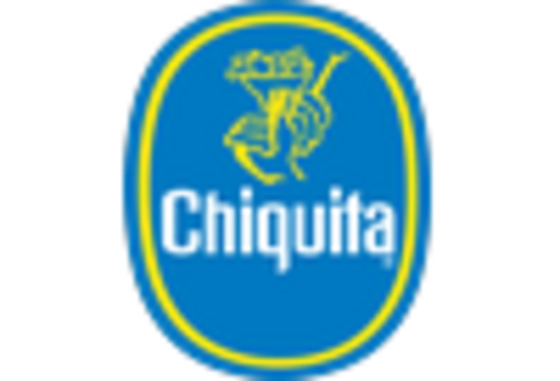

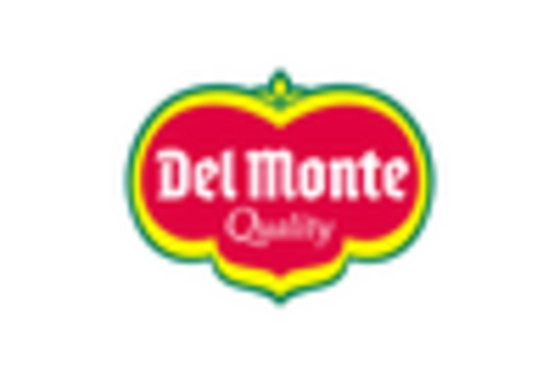
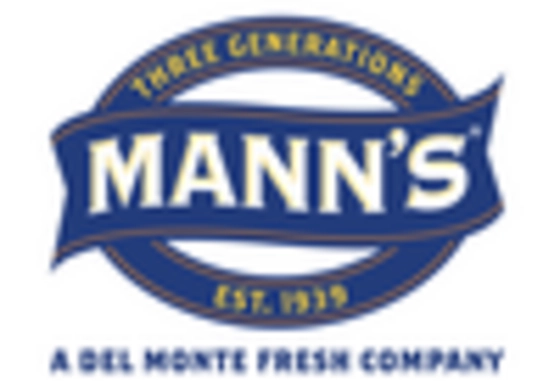
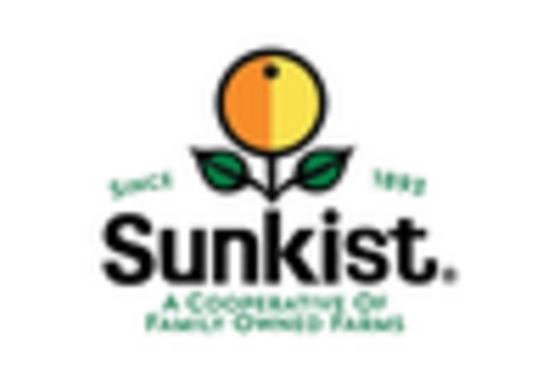









Leave a Comment